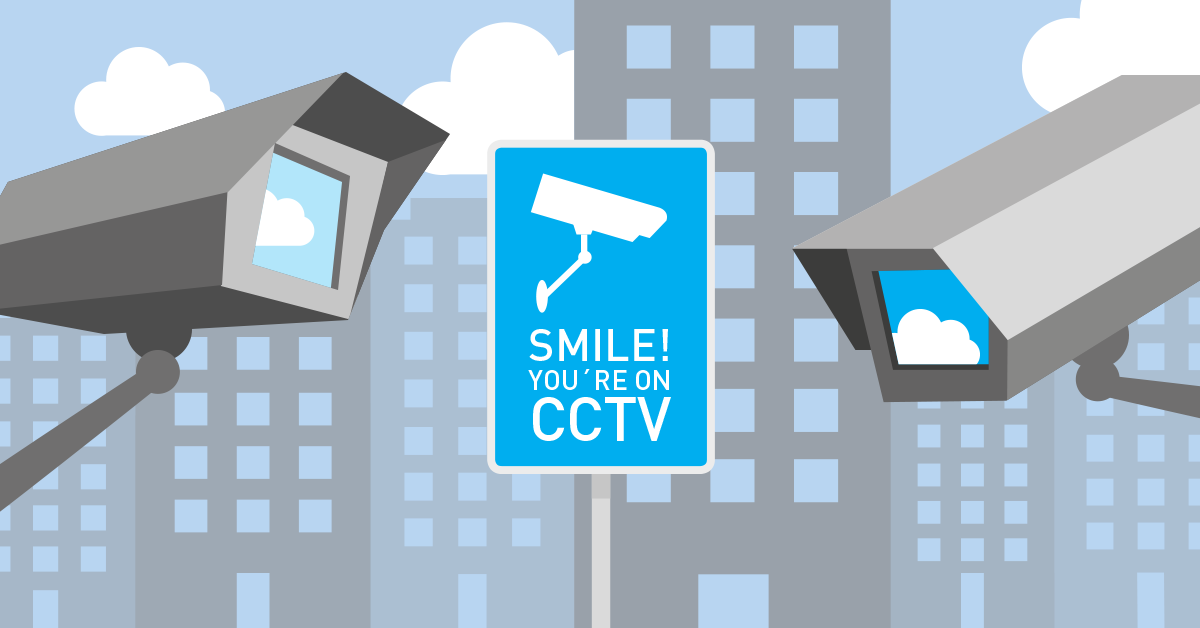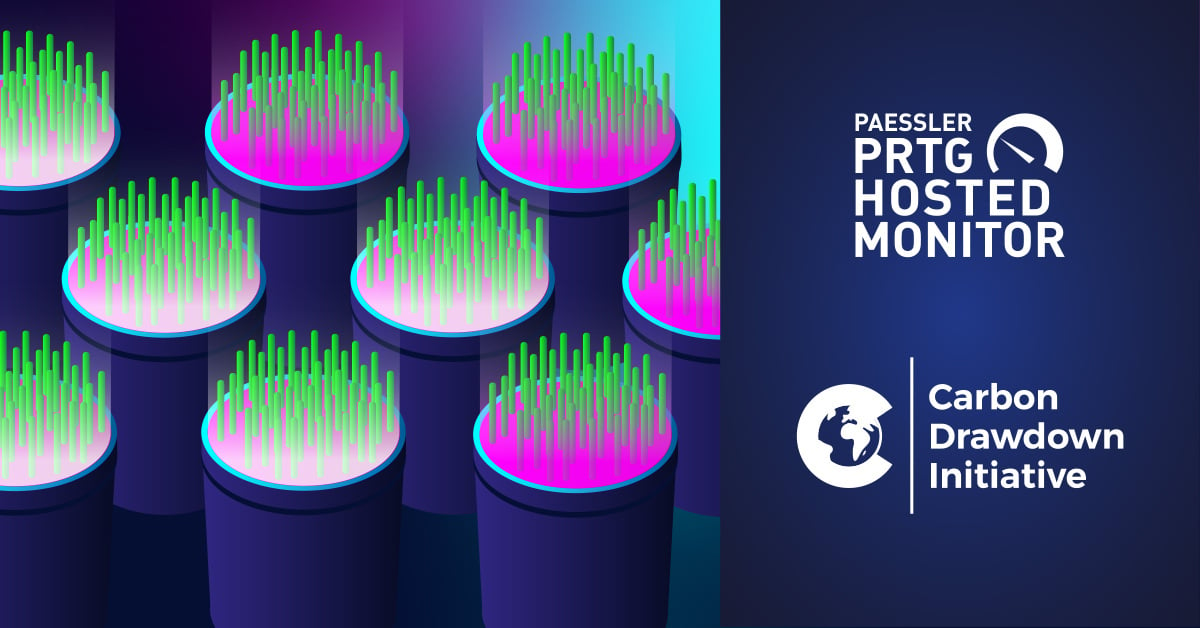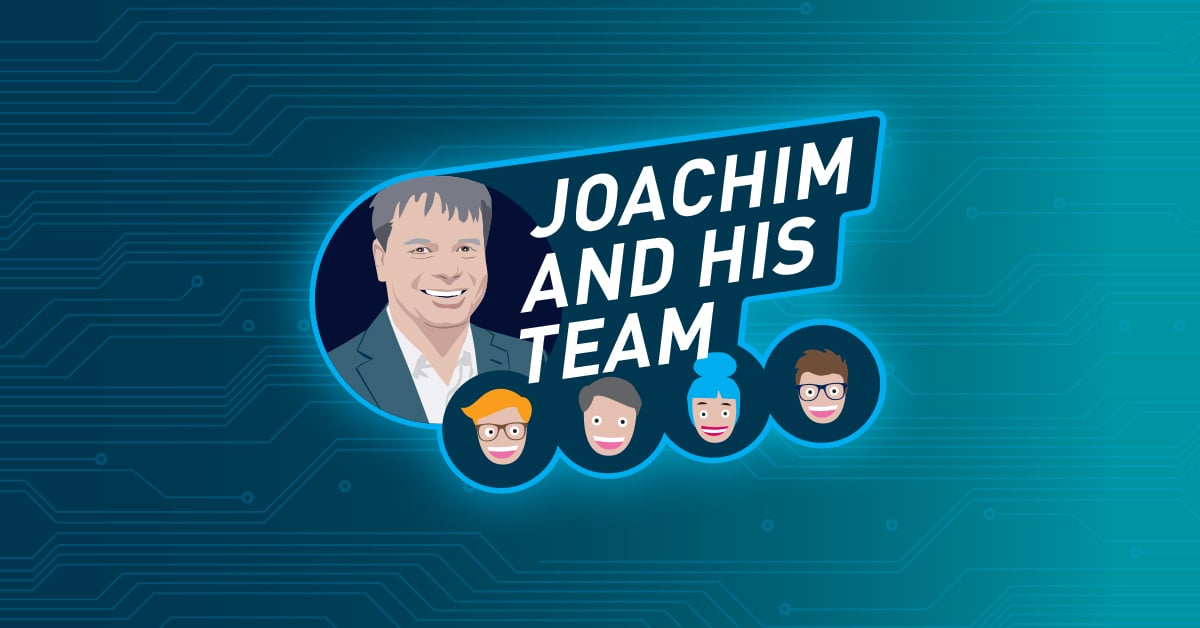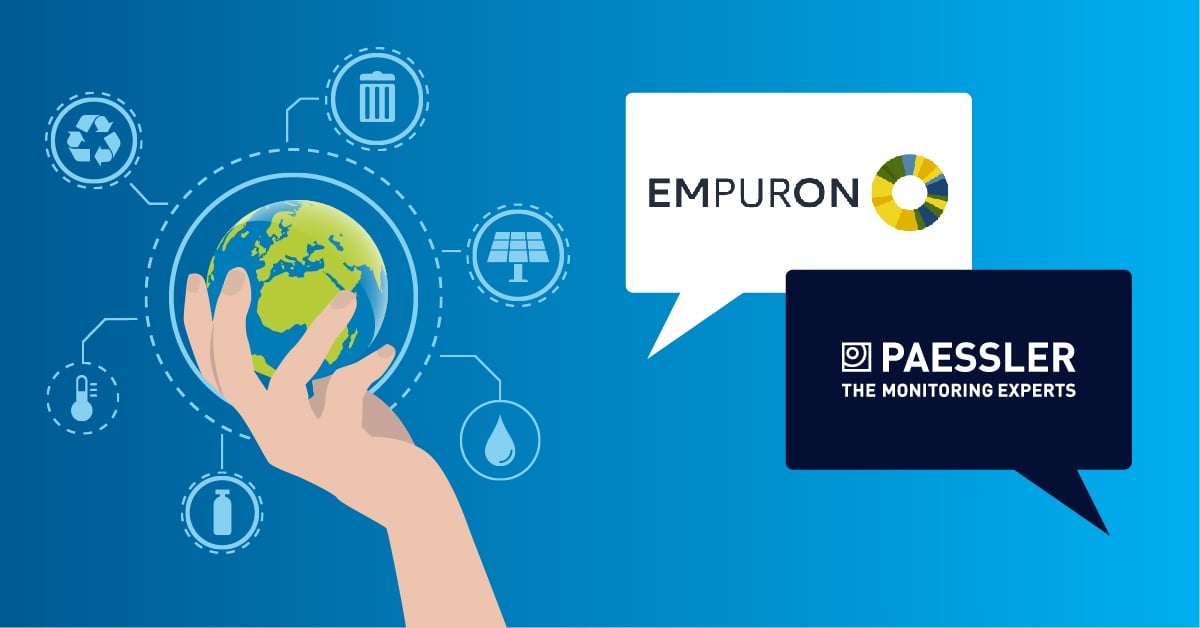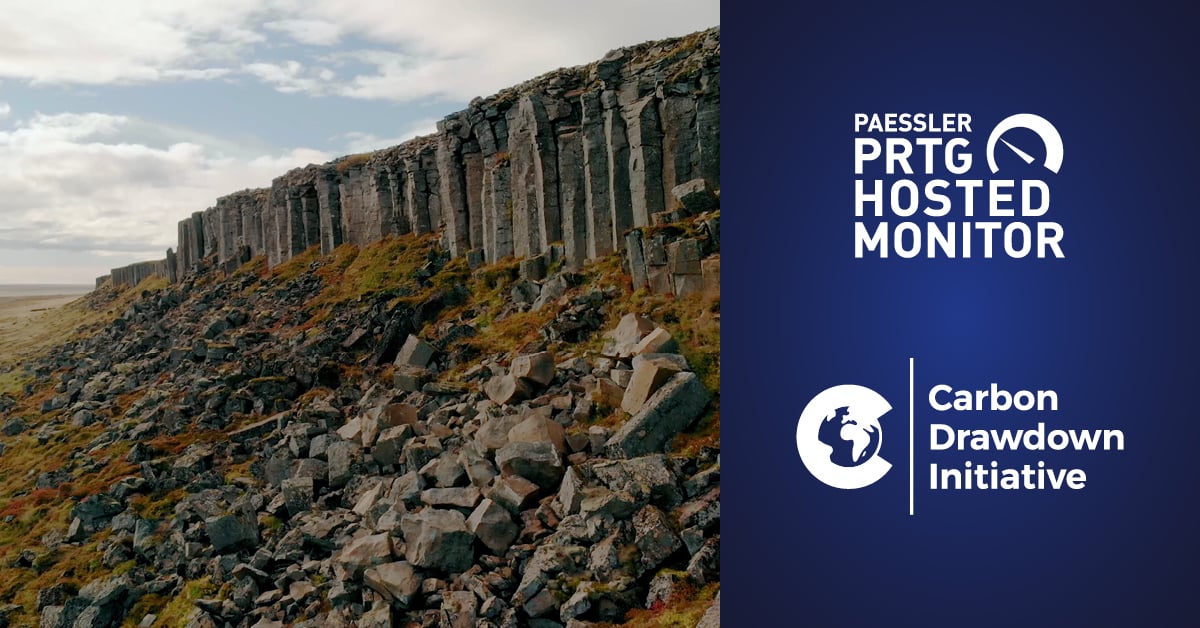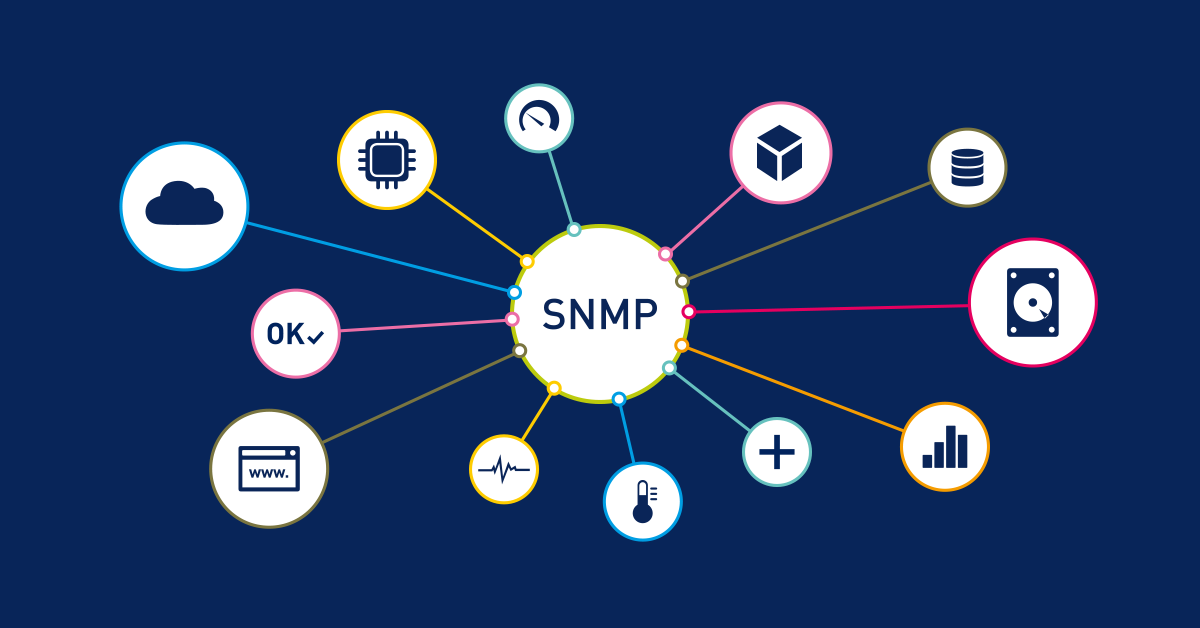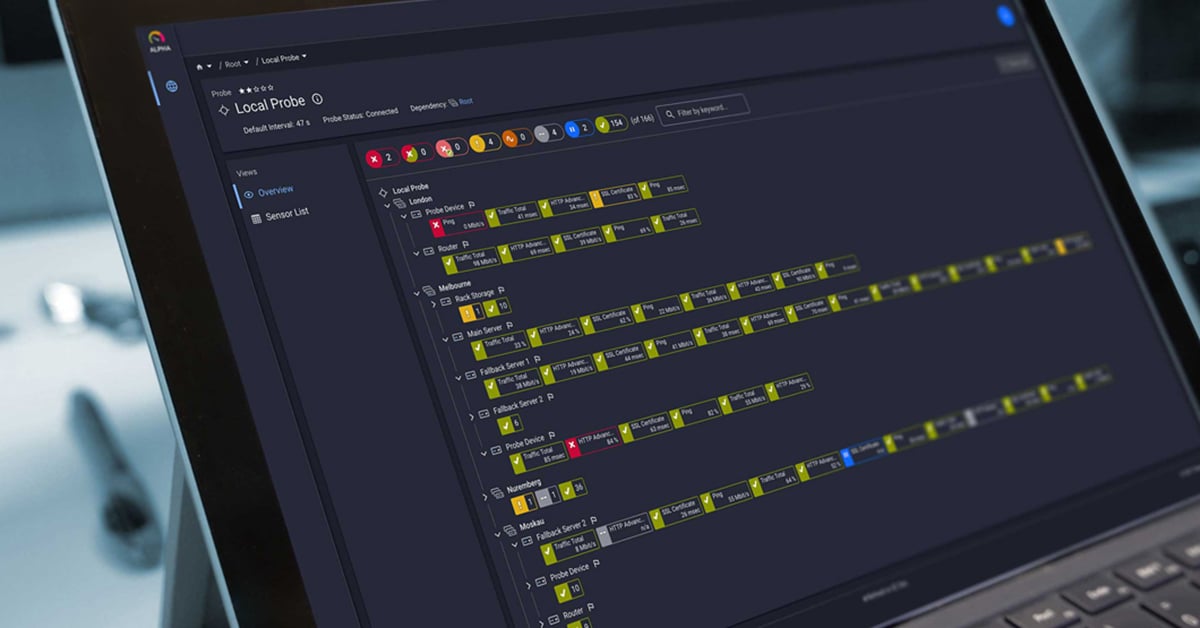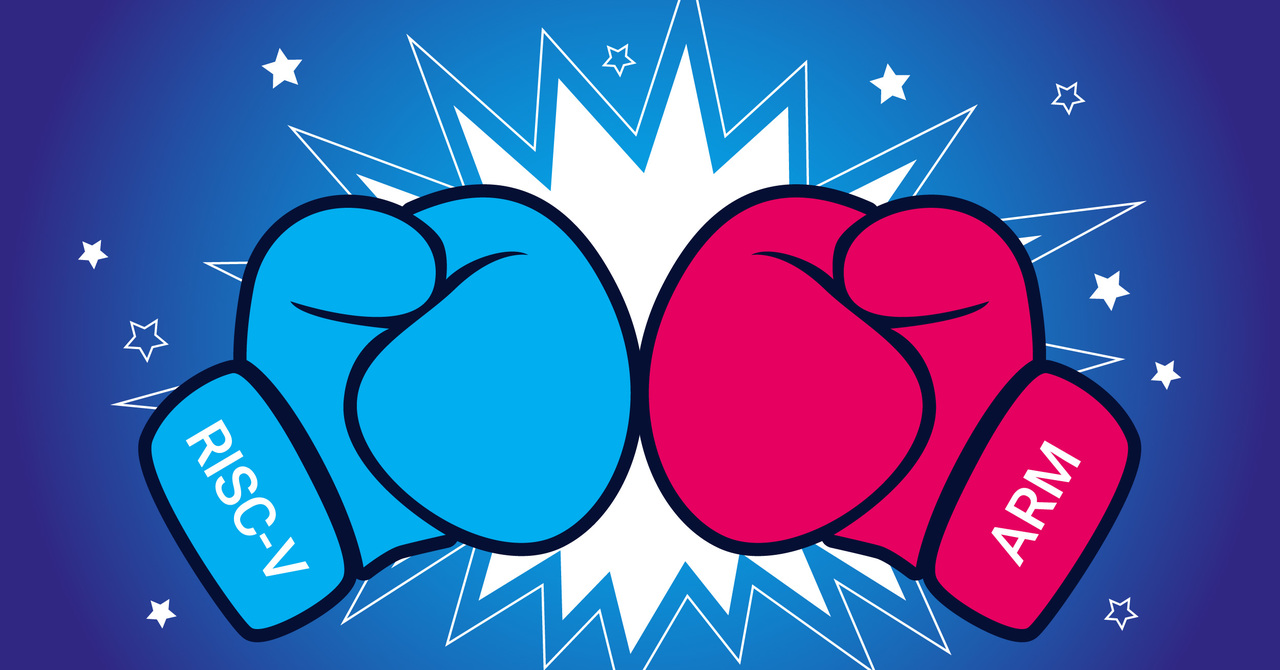It will be tight in the cities of Europe and North America. More and more people are moving into urban areas, and not just since yesterday. The administrations of the affected cities need more and more information to be able to work efficiently, people have to get used to ever-narrower living spaces, and environmental pollution can be added to all this.
For some, what reminds us of concepts such as the Panopticon or 1984 is the only solution for combining population growth in urban regions with a high standard of living. In any case, it is both interesting and controversial.
Can Big Data Be the Solution?
Used sensibly, Big Data and CCTV can effectively support the urban planning of the future. Collecting data alone is not enough; the flood of information must also be evaluated in a useful way. This is because conurbations are reaching their limits, be it due to increasing traffic, air pollution or population density. At present, over 45 percent of the world's population lives in cities, and forecasts for the middle of this century even speak of over 75 percent. This poses considerable challenges for urban planning in particular. The collection, monitoring and analysis of data plays a major role in solving urban problems.
Data collection begins with the clarification of the legal framework. After all, everything that has to do with movement patterns, consumption data and other individual population data is highly regulated by law in many regions of the world, including Europe and North America. Once this has been clarified, what follows is the very concrete collection of information, using various sensors and other measuring equipment. This is done independently of persons and, above all, anonymously. In the next step, the newly acquired data is bundled and networked with historical data from various areas. This truly huge data pool is then used as the basis for analyses. The data of a single person are not relevant in themselves, but only as a mass do they become interesting for the city administration and development and are already used for various areas in the intelligent city. The individual movement patterns of a person can say little about the challenges of urban traffic, but the corresponding data of 5000 people provides a clearer picture.
Environmental Protection Based on Data and Knowledge
CCTV and Network cameras with special sensors can measure environmental parameters such as air quality, temperature, water quality, and concentration of gases or humidity, and then evaluate these with the associated software. The various data sets provide important information on air quality, pollution or weather conditions and are used for efficient urban development, traffic planning or preventive measures. In Europe, as far as air quality in cities is concerned, we only know of an increase in fine dust concentration on New Year's Day due to fireworks. In Asia or in regions struggling with regional fire fires, this topic is already much more present today. Here you can read an interesting article of our blog about the monitoring of Singapore's city data. In any case, it will be a much discussed topic for the future, no matter on which continent you live.
In addition to fields such as intelligent waste disposal, street lighting in intelligent cities can be adjusted to actual requirements. The motion analysis capabilities of cameras detects when, if and how many people or vehicles are in the area to be illuminated, and adjusts the lighting conditions of streets or public squares accordingly. And of course the street lighting of the future can do more than just provide light; it is ideal for placing various sensors, which in turn can transmit data about the air or traffic. The connection of street lights with charging stations for electric mobility is already a finished concept. Here you can find the vision of an exciting startup, which we have already introduced on our blog.
Intelligent Transport Planning and Increased Safety
Traffic is by far the greatest urban challenge of the future and although the (partial) renunciation of individual traffic represents a solution, it must be considered from a practical point of view. Apart from state regulation, it will not be possible to persuade people to renounce their individual methods of transport. However, these can be monitored very well and, if necessary, influenced from outside. Today, cameras already use sensors and software to record motion patterns such as traffic flow. In traffic, integrated sensors make it possible to count vehicles, or record average speeds and lane utilization. Weather factors such as heavy rain or snowfall can also be included. In order to optimize urban traffic, the number of vehicles must also be massively reduced. The intelligent management of parking facilities and the promotion of Car-Sharing services are important steps in this direction.
In cities, a growing population is often accompanied by an increase in the crime rate. To ensure security, the interaction of video, audio and analysis is essential, especially with large crowds. Using video analysis, the number of people in a crowd can be recorded, the behavior of the crowd can be analysed and deviations can be detected immediately; difficult situations or problems can be prevented before they arise. In this context, questions of civil rights will have to be answered: How, for example, is it possible to combine freedom of expression and the right to demonstrate with the security interests of the community? Where does intelligent urban planning in the context of Smart City end and where does pure CCTV surveillance begin? These, too, are questions of the future.
 Published by
Published by 